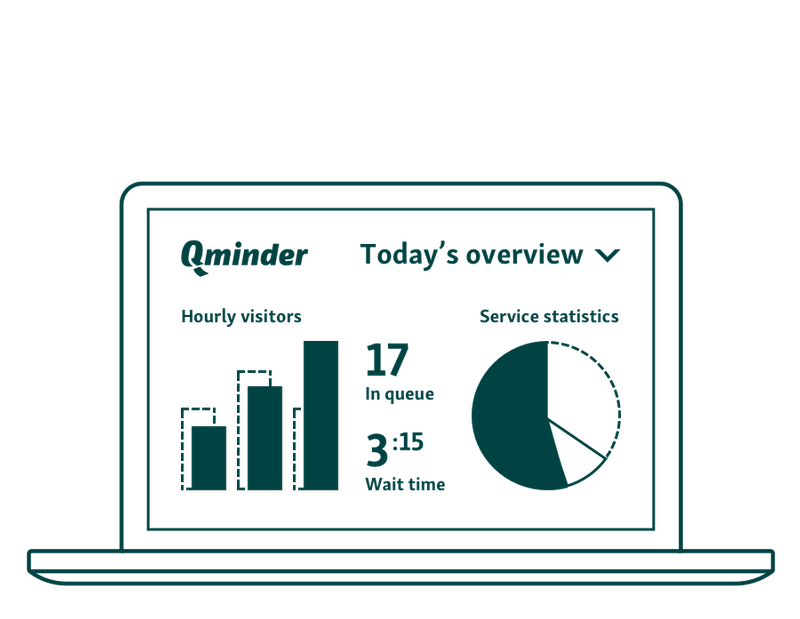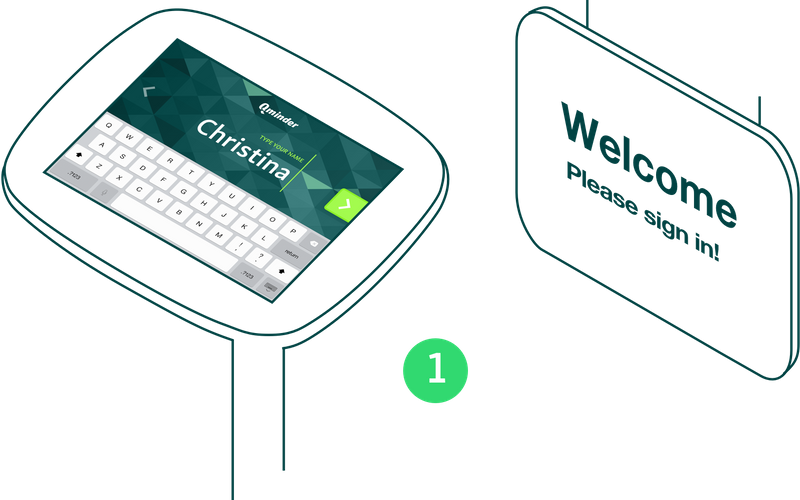
A personal click & collect system
With Qminder, you deliver not only products but shareable customer experiences.
Easy to set up, ready to use in 5 minutes
The zen of click & collect service

Automate customer queuing
A click-and-collect solution that manages foot traffic for you. Make sure your customers always leave your store with smiles on their faces.
Learn more
Gather data and feedback
All the tools you need to service your visitors, packed into a multi-channel retail software. Equip yourself with hard data to reach milestones.
Learn moreYour visitors will love it
A click & collect queue management system takes care of the “collect” aspect, making sure the collection visit is simple and pleasant.
An outstanding customer experience
Once your customers find and purchase what they want online, your store needs to deliver a smooth collection experience.
Creating an enjoyable click & collect customer experience ensures that your visitors stay loyal to your brand and recommend it to others.



When customers buy online and pick up in store, there is a risk of disorderly lines. Qminder takes care of that, by breaking down the queuing process into three simple steps.
Customers sign in via an iPad, filling out all the necessary information. You can place the queue stand near the entrance or at key points in your store.

Once signed in, your customers get free time to browse your store. They can easily check or get notified about their queue status in real time.

Once it’s their turn, your customers come to the reception desk. Giving your customers good service means they’ll come back for more.

Your business will love it even more
Click & collect pickups are an opportunity to delight visitors with a smooth delivery experience. Drive growth by providing outstanding order fulfillment and delivery options.
Improve staff efficiency
Click & collect queuing system allows your stockroom employees to prepare an order as soon as your customer enters the store and checks in.
Keep employees productive and fulfilled by providing them with accessible data and insights about each customer.



Use data insights to drive profitable growth
For retail, less time waiting equals more time shopping. Drive profitable growth through great waiting line experience — while reducing your workload.




Easy integration
With API integration, you can connect our system to a large number of other databases, greatly expanding both the quantity and quality of your data insights. Use a web-based queue management system to always stay on top of your data game.
Join the ranks of customer service champions
Fewer walkaways
Shorter wait times
Decrease in customer complaints















